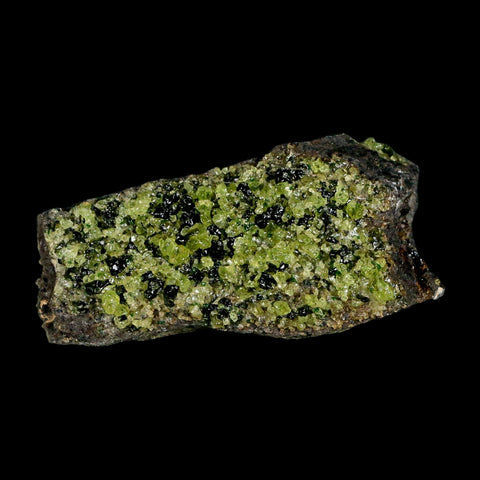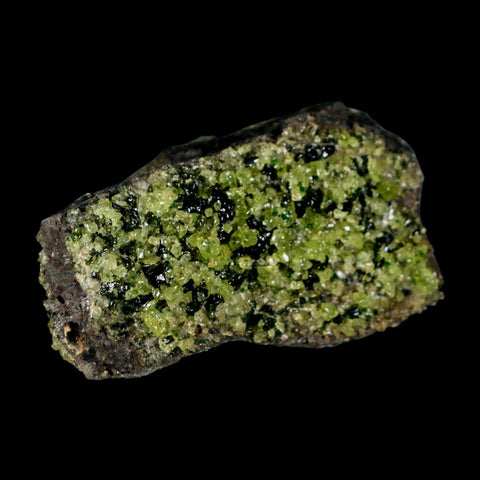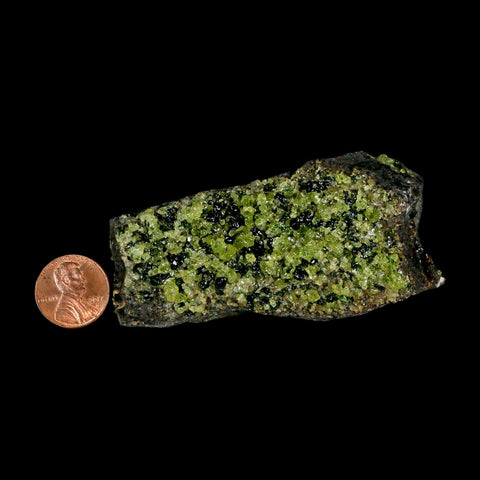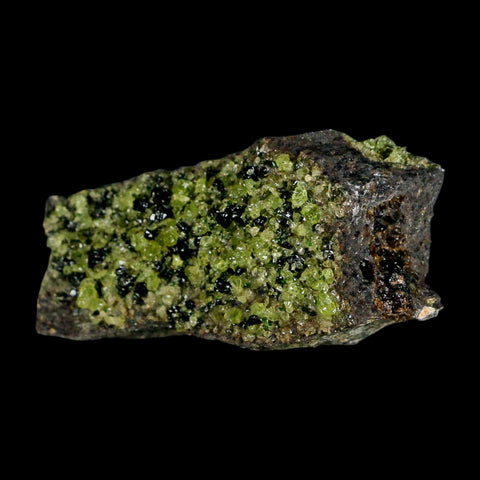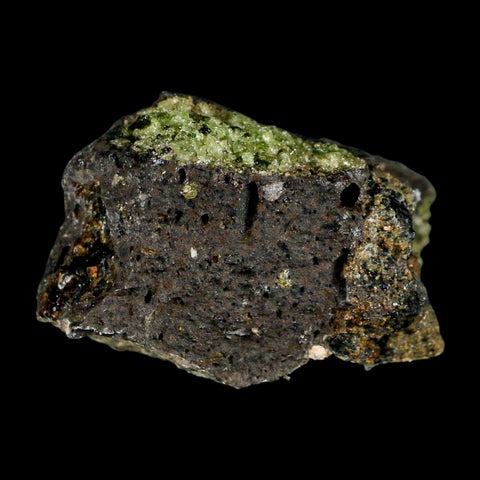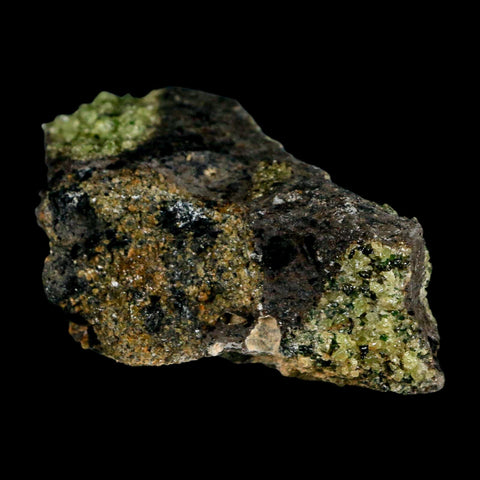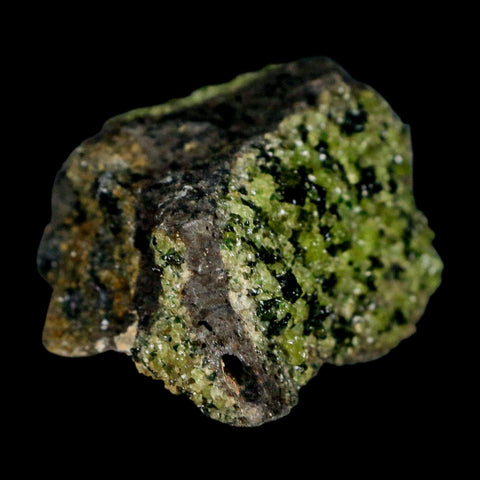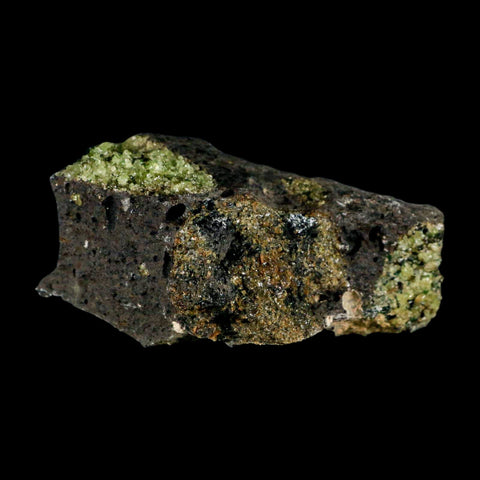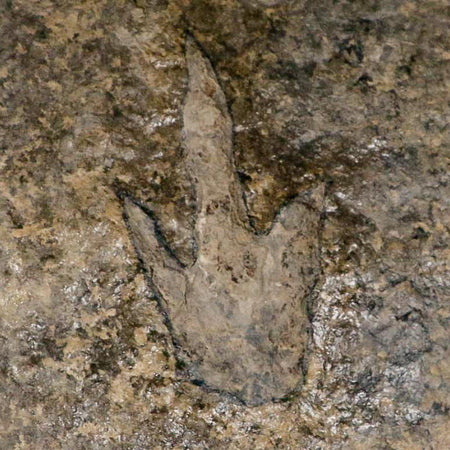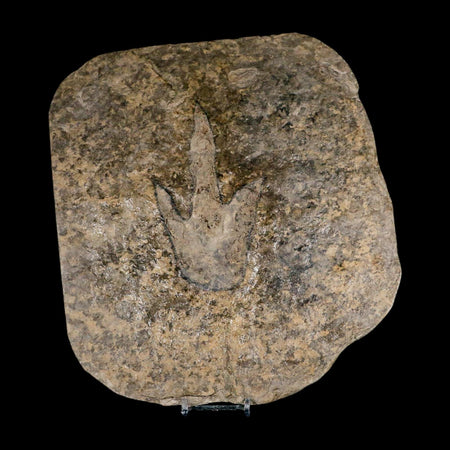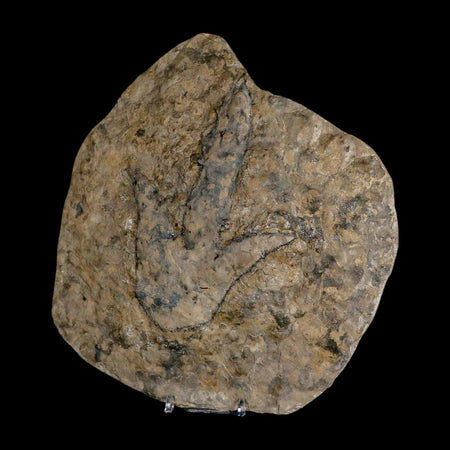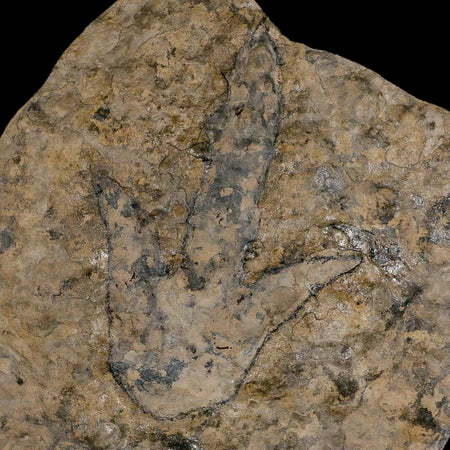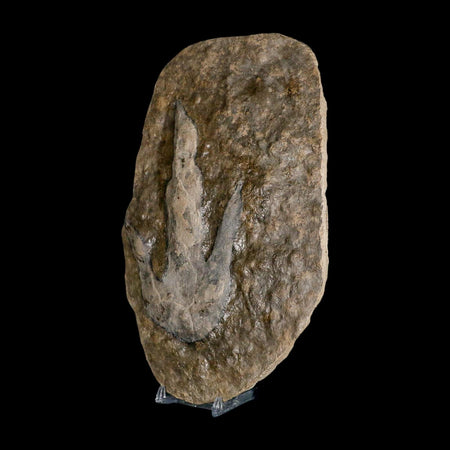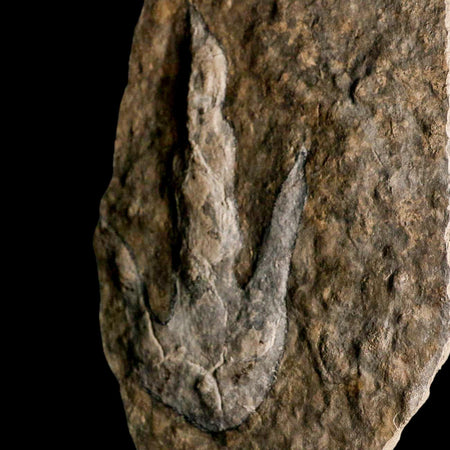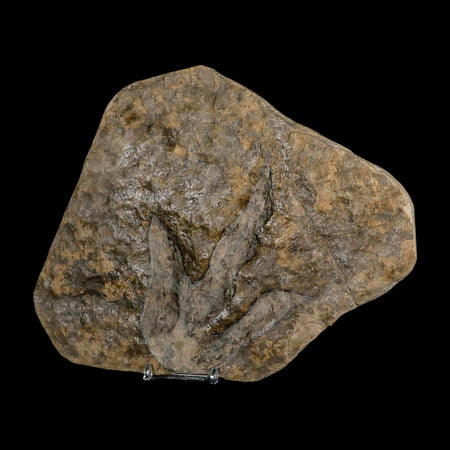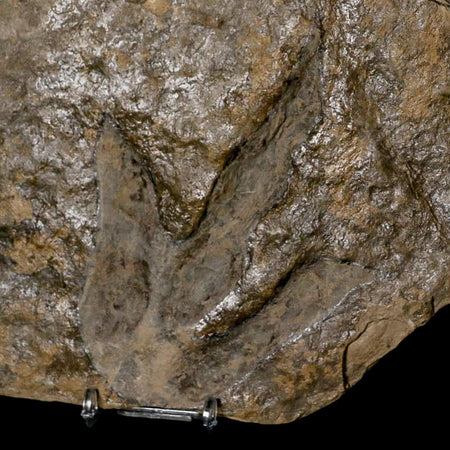3.2" Emerald Peridot Crystals, Chrome Diopside And Spinel On Volcanic Rock Gila, AZ
Location: Gila, Arizona
Weight: 6.4 Ounces
Dimensions: 3.2 Inches Long, 1.9 Inches Wide, 1.6 Inches Thick
The item pictured is the one you will receive.
Peridot is a stunning gemstone from the olivine mineral group, celebrated for its vibrant green color and exceptional clarity. It is one of the few gemstones that naturally occurs in only one color—green—with shades ranging from light lime to deep olive, depending on its iron content. Treasured for thousands of years, peridot has been used in jewelry since ancient times and continues to be admired for its beauty, rarity, and timeless appeal.
Peridot has a hardness of 6.5-7 on the Mohs scale, making it suitable for use in jewelry such as rings, earrings, necklaces, and bracelets. It is important to handle peridot with care as it can be sensitive to heat and chemicals.
Chrome diopside, also known as Russian diopside, is a rare variety of the mineral diopside admired for its intense, deep green hue. Belonging to the pyroxene mineral group, it forms in igneous rocks such as kimberlites and basalts. Its vibrant color comes from trace amounts of chromium within its crystal structure. Although slightly softer than many popular gemstones like diamonds, chrome diopside remains a highly sought-after gem for its natural brilliance, rich tone, and rarity.
Originally discovered in the 1980s within Siberian mines, chrome diopside has become increasingly sought after for its deep green hue and cost-effectiveness when compared to emeralds. This gemstone is frequently cut to highlight its radiance and is a favored choice for elegant jewelry pieces, including rings, earrings, necklaces, and bracelets.
Spinel is a mineral that belongs to the spinel group, which consists of minerals with the same crystal structure. It is composed of magnesium aluminum oxide and is commonly found in metamorphic rocks. Spinel is known for its vibrant colors, including red, pink, blue, purple, orange, yellow, green, brown, black, and colorless varieties. The red variety of spinel is often mistaken for ruby due to its similar appearance. Spinel has been used as a gemstone for centuries and has been prized for its beauty and durability.


